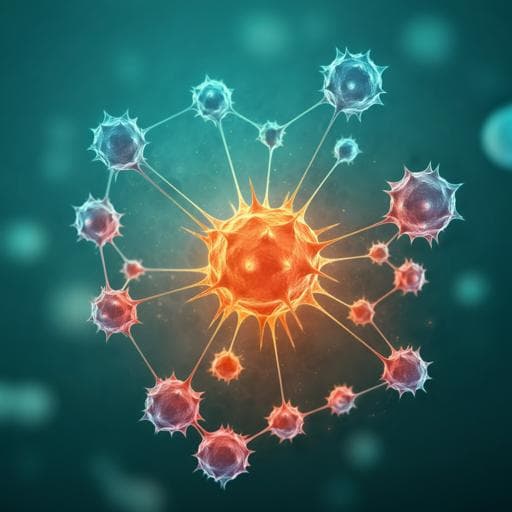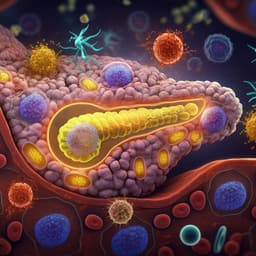
Medicine and Health
Hic-5 is required for activation of pancreatic stellate cells and development of pancreatic fibrosis in chronic pancreatitis
L. Gao, X. Lei, et al.
Discover how activated pancreatic stellate cells (PSCs) contribute to pancreatic fibrosis in chronic pancreatitis (CP) through the exciting role of Hic-5, a TGF-β1-induced protein. This groundbreaking study by Lin Gao, Xiao-Feng Lei, and colleagues reveals that targeting Hic-5 may lead to novel therapies for CP by inhibiting PSC activation and pancreatic fibrosis.
~3 min • Beginner • English
Related Publications
Explore these studies to deepen your understanding of the subject.







